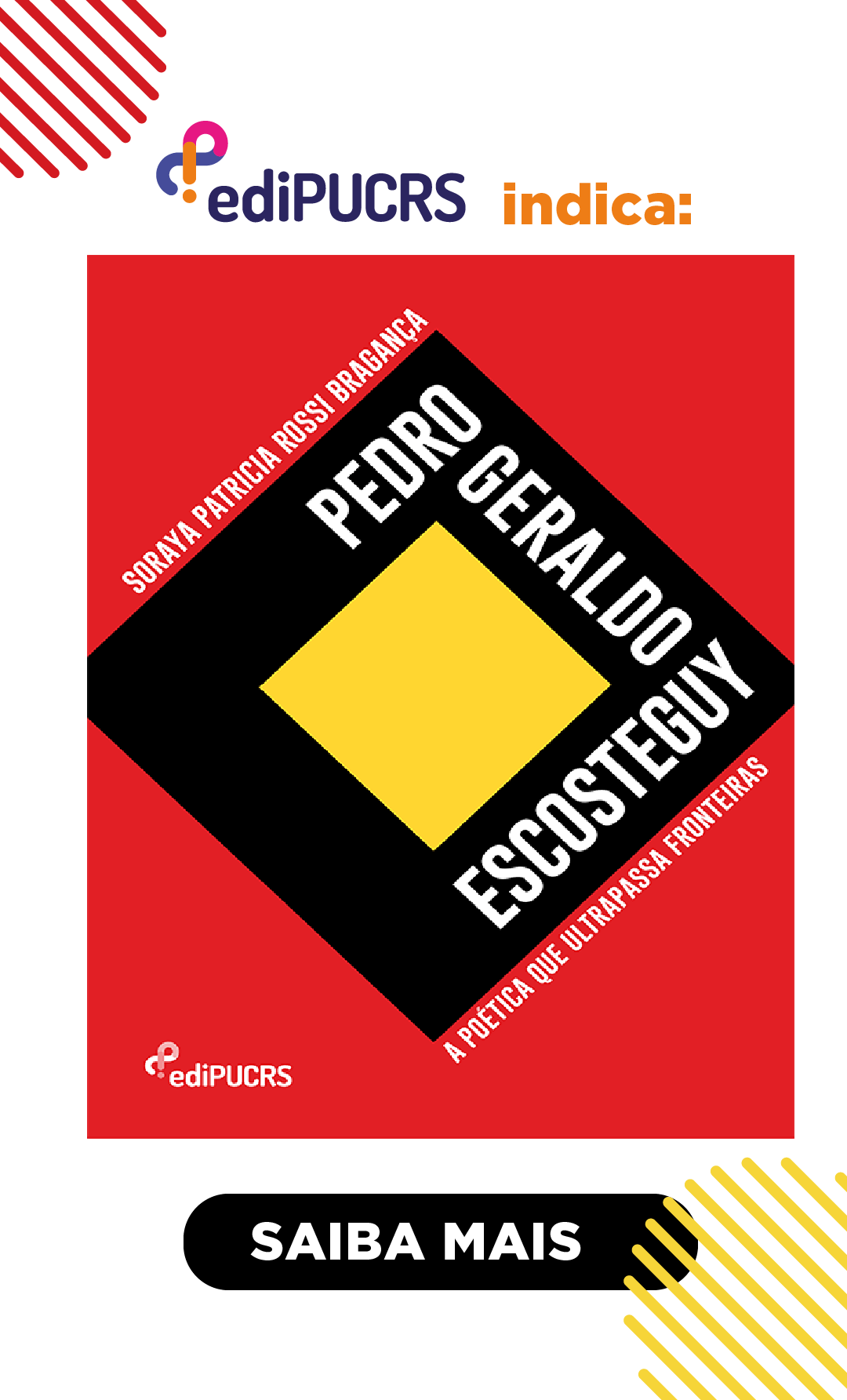Maksuna Brasileira: figurações do imigrante árabe nas narrativas de Salim Miguel
DOI:
https://doi.org/10.15448/1983-4276.2020.1.37152Palavras-chave:
Salim Miguel, Imigrante árabe, Figuração, Personagem.Resumo
Embora a imigração de povos de ascendência árabe para o Brasil remonte a 1884, é possível identificar a “aparição fantasmagórica” dessa figura em nossa literatura ainda no período colonial. Posteriormente, na medida em que se consolida o projeto nacional romântico, a figuração[1] do árabe modifica-se em nossas letras, percorrendo o tortuoso caminho da “exotização” à sua assimilação. Até o momento em que ocorre a inserção no cenário literário nacional de descendentes de imigrantes sírios e libaneses, redefinindo e problematizando a imagem unívoca e distante pintada anteriormente. A fim de refletir acerca desse complexo processo, selecionamos alguns momentos importantes da dinâmica de figuração do árabe na literatura brasileira, conferindo especial atenção à representação do imigrante árabe nas narrativas de Salim Miguel. Esse escritor não apenas dialoga com as formas de figuração do sujeito árabe ao longo da tradição literária brasileira, como também problematiza a própria ideia de uma memória única, homogeneizadora e sem fraturas em torno da qual se organiza a identidade nacional.
Downloads
Referências
AMADO, Jorge. A descoberta da América pelos turcos ou Os esponsais de Adma: romancinho. Rio de Janeiro: Record, 1994.
CASTRO, Sílvio. A carta de Pero Vaz de Caminha. Porto Alegre: L&PM, 2014.
CORNEJO POLAR, Antonio. Sobre literatura y crítica latinoamericanas. Caracas: Ediciones de la Facultad de Humanidades y Educación, Universidad Central de Venezuela, 1982.
FREYRE, Gilberto. Casa-grande & senzala: formação da família brasileira sob o regime da economia patriarcal. Rio de Janeiro: Record, 1998.
GAGNEBIN, Jeanne Marie. Entre a vida e a morte. In: OTTE, G.; SEDLMAYER, S.; CORNELSEN, E. (Orgs.). Limiares e passagens em Walter Benjamin. Belo Horizonte: Editora UFMG, 2010.
MIGUEL, Salim. A morte do tenente e outras mortes. Rio de Janeiro: Edições Antares; Brasília: INL, 1979.
_____. Nur na escuridão. 4ª ed. Rio de Janeiro: Top Books, 2004.
_____. Onze de Biguaçu, mais um. Florianópolis: Insular, 1997.
_____. Reinvenção da infância: romance. Osasco, SP: Novo Século Editora, 2011.
MIRANDA, Ana. Amrik. São Paulo: Companhia das Letras, 1997.
PAES, José Paulo. O lugar do outro: ensaios. Rio de Janeiro: TopBooks, 1999.
REIS, Carlos. Pessoas de Livro. Estudos sobre a Personagem. 2. ed. Coimbra: Imprensa da Univ. de Coimbra, 2016.
SAID, Edward. Orientalismo: o Oriente como invenção do Ocidente. Trad. Rosaura Eichenberg. São Paulo: Companhia das Letras, 2007.
TRUZZI, Oswaldo. O lugar certo na época certa: sírios e libaneses no Brasil e nos Estados Unidos – um enfoque comparativo. In: Estudos Históricos. Rio de Janeiro, nº27, 2001, p.110-140.
VILLAR, Valter Luciano. Os árabes e nós: a presença árabe na Literatura Brasileira. Tese. Universidade Federal da Paraíba. João Pessoa, 2012.
Downloads
Publicado
Como Citar
Edição
Seção
Licença
Copyright (c) 2020 Navegações

Este trabalho está licenciado sob uma licença Creative Commons Attribution 4.0 International License.
Direitos Autorais
A submissão de originais para a Navegações implica na transferência, pelos autores, dos direitos de publicação. Os direitos autorais para os artigos publicados nesta revista são do autor, com direitos da revista sobre a primeira publicação. Os autores somente poderão utilizar os mesmos resultados em outras publicações indicando claramente a Navegações como o meio da publicação original.
Licença Creative Commons
Exceto onde especificado diferentemente, aplicam-se à matéria publicada neste periódico os termos de uma licença Creative Commons Atribuição 4.0 Internacional, que permite o uso irrestrito, a distribuição e a reprodução em qualquer meio desde que a publicação original seja corretamente citada.





